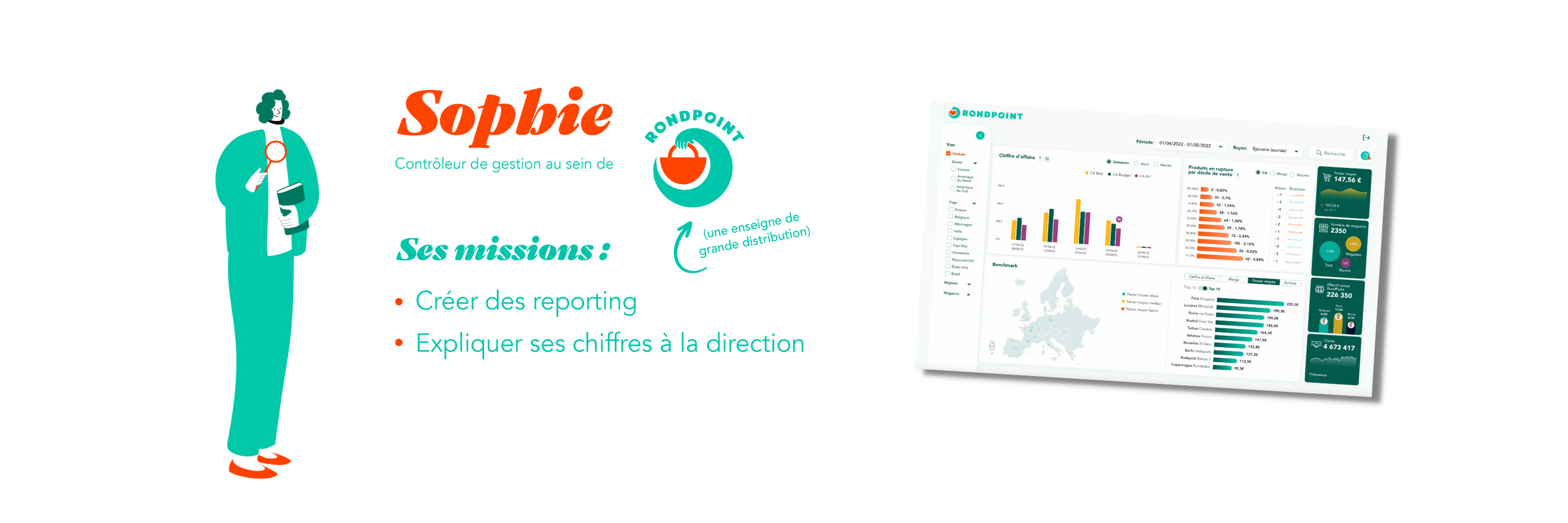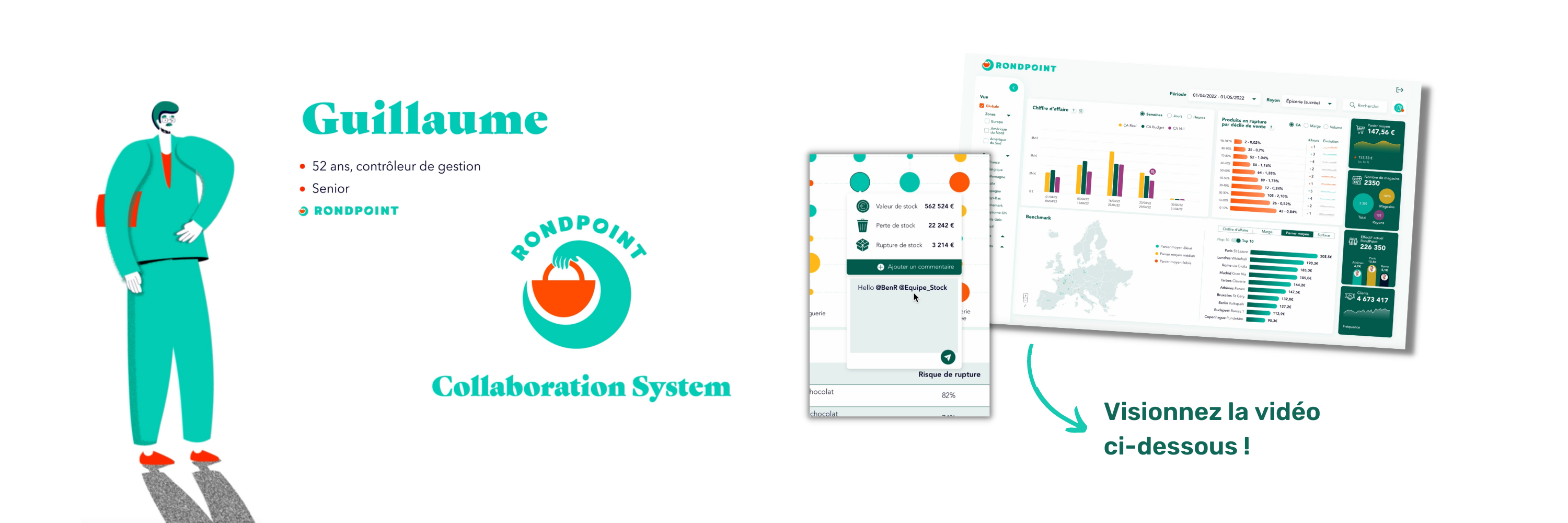Nodata VS Board international, find the right datavisualization tool
Finance teams should identify key business issues to thoroughly analyze the proposals, projects, and business risks. Accelerating the automation and dematerialization processes frees up time to examine additional areas for improvement, such as performance indicators.
Board and Nodata are companies that provide Business Intelligence tools for reporting, planning and have functionalities tailored to their requirements.
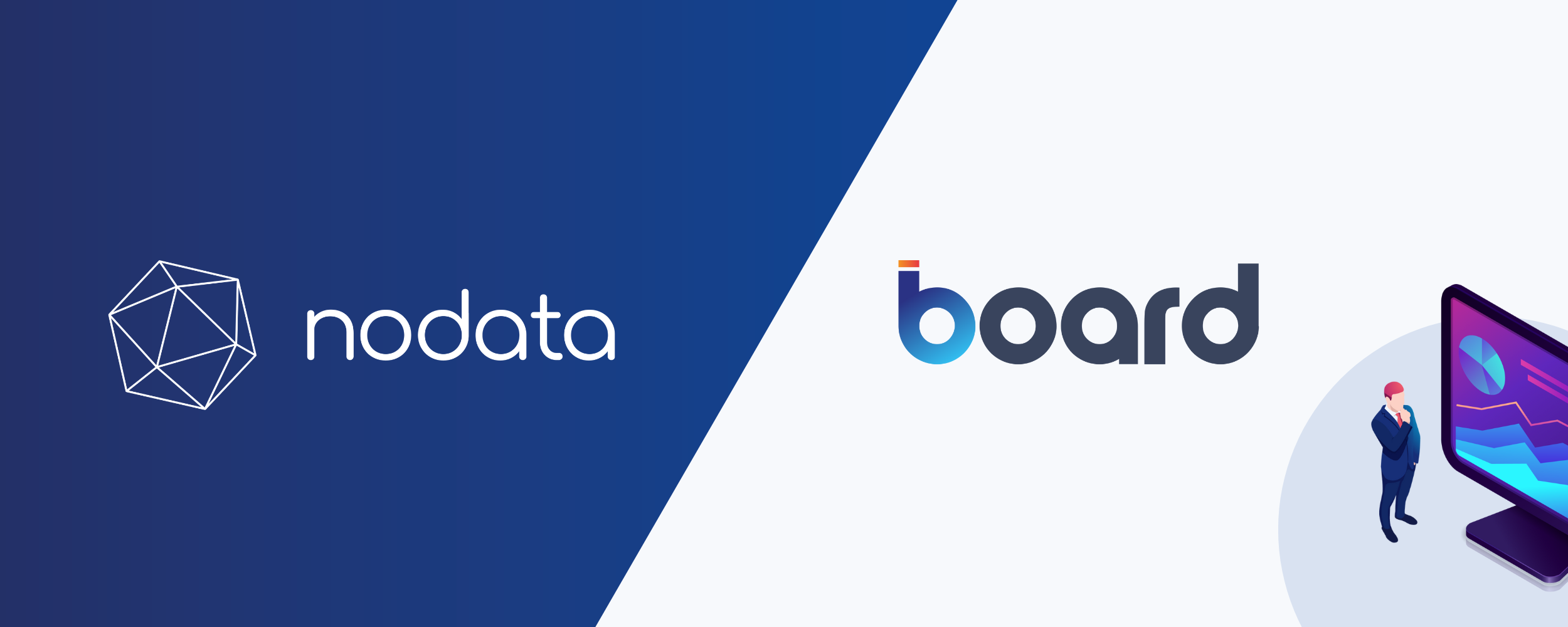
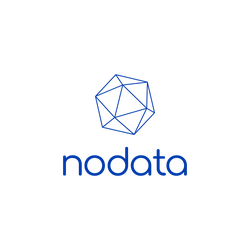
Who are they ?
Nodata is an analytics platform created in 2015 with data visualization as its core business. It allows users of ETI or GE to exploit its data and make better strategic decisions.
It has been designed to meet 80% of the needs, in terms of recovery and processing of data and especially the use of this information.
To do so, it integrates innovative functionalities allowing to increase the reliability/quality of the information and simplifying the understanding of the management indicators by its users.
Board, founded in 1994, is a business intelligence platform that enables more than 3,000 companies worldwide to deploy planning, predictive analytics, and business intelligence applications on a single unified platform. Board enables companies to explore and leverage their data to create a complete data view.
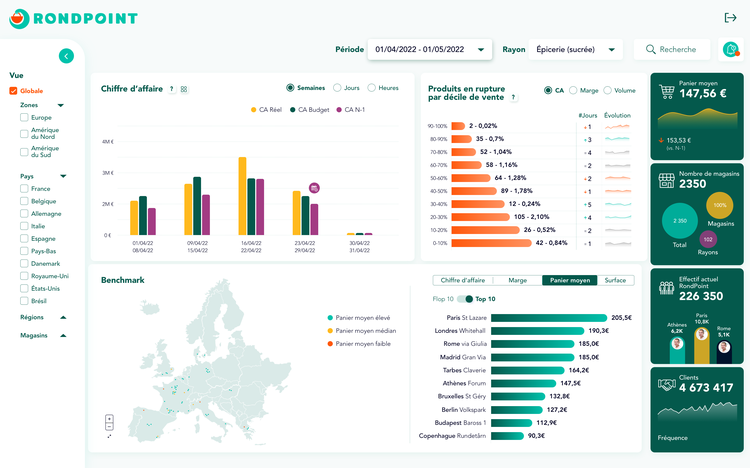
Dashboards
Board :
Permits multiple users to enter information simultaneously, which suggests that every participant in an exceeding meeting will contribute to a dashboard. In addition, Board allows you to insert and modify new data models in your workflow, making the tool flexible.
Nodata :
As a result of the model being open, it allows any new graphical illustration to be integrated and saved within the organization’s instance.
Thus, the probabilities of making visual components are unlimited and certified. Guarantees usage with no risk of expiration because of software package updates or other changes made by the editor. In addition, Nodata integrates cooperative functionalities permitting comment, share, and modify dashboards between known members of the organization.
In addition, these comments enjoy Nodata’s own “Data purpose addressing” technology, which allows information to be enriched and thus improves its quality and traceability.
Usage
Nodata:
Due to the tool being designed to integrate UX/UI logic, the user is involved from the beginning of the project, ensuring greater adoption at the end.
This enables us to respond narrowly to users’ expectations while remaining as close to business reality as possible. As a result, Nodata is easy to use, owning the fact that the course is intuitive and personalized, no training expenses needed. Natively integrating responsiveness functionality, via a phone, or tablet, the access has been optimized for use.
Board:
Despite its complex design, this environment integrates business intelligence (BI), performance management, and predictive analytics. Board is simple to use. Users can navigate the platform and use the tool on their own. However, Gartner reports that Board’s service and support remain limited and unresponsive. Despite the tool’s reputation, the mobile format seems to be inadequate.
Storage
Nodata:
Nodata’s proprietary hybrid cloud technology permits you to learn from all the benefits of a SaaS, regardless of the type of storage (including on-premises). The “Bridge” part allows the exploitation of the necessary info for the restitution of the dashboards while not ever taking them out of their technical environment.
Moreover, this component allows robust flexibility within the exploitation of knowledge keeping on different technologies (on-premises, and Cloud suppliers – AWS, Azur, GCP, etc.).
Board:
With Board, the storage model could be a matter of choice. Firms will be more likely to store their data on their servers or a Cloud provider. This model is then rigid and doesn’t yield a straightforward transition.
Data integration
Nodata:
Supports any form of data source, including databases, applications (CRM, ERP, etc.), and files. The unique architecture of this solution not only optimizes performance but also coordinates data that is normally not communicated. Additionally, advanced built-in analytics integration capabilities allow data elements to be inserted naturally and seamlessly into your organization’s existing applications.
Board:
According to Gartner, Board is not optimized for data integration. Loading data from different sources can be difficult with this tool, leading to data quality and user experience issues.
Maintenance
Nodata:
Being a SaaS platform, version updates are done mechanically and independently of the organization and users, implying users always benefit from the latest features and developments.
Board:
In step with Gartner, updates on this platform are disabled for users. Indeed, they will take up to six months to run and obtain the newest version. Some have even indicated that they had not accepted any updates since 2017.
Conclusion
Both data analysis tools are globally robust and fast to run.
However, Nodata’s advanced customization features, considering user needs from the outset, guarantee better adoption of the personalized implemented tools.
On the other hand, both tools allow the creation of clear and concise dashboards in a surprisingly fast and economical way.
Nodata’s added value lies in the larger collection of visual components and the innovative collaboration and traceability features. In addition, Nodata’s trendy vision allows it to respond specifically to an organization’s current business needs, notably by providing hybrid cloud technology, that allows it to be additional agile and flexible.
Finally, in terms of preparation and maintenance, Nodata is best positioned in terms of information integration and automatic updates.
Sources :
https://www3.technologyevaluation.com/selection-tools/features-list/44360/board
https://www.trustradius.com/products/board/reviews?qs=pros-and-cons#overview
https://financesonline.com/pros-cons-of-board/
https://yourboardroom.blog/pros-and-cons-of-board-management-software/


